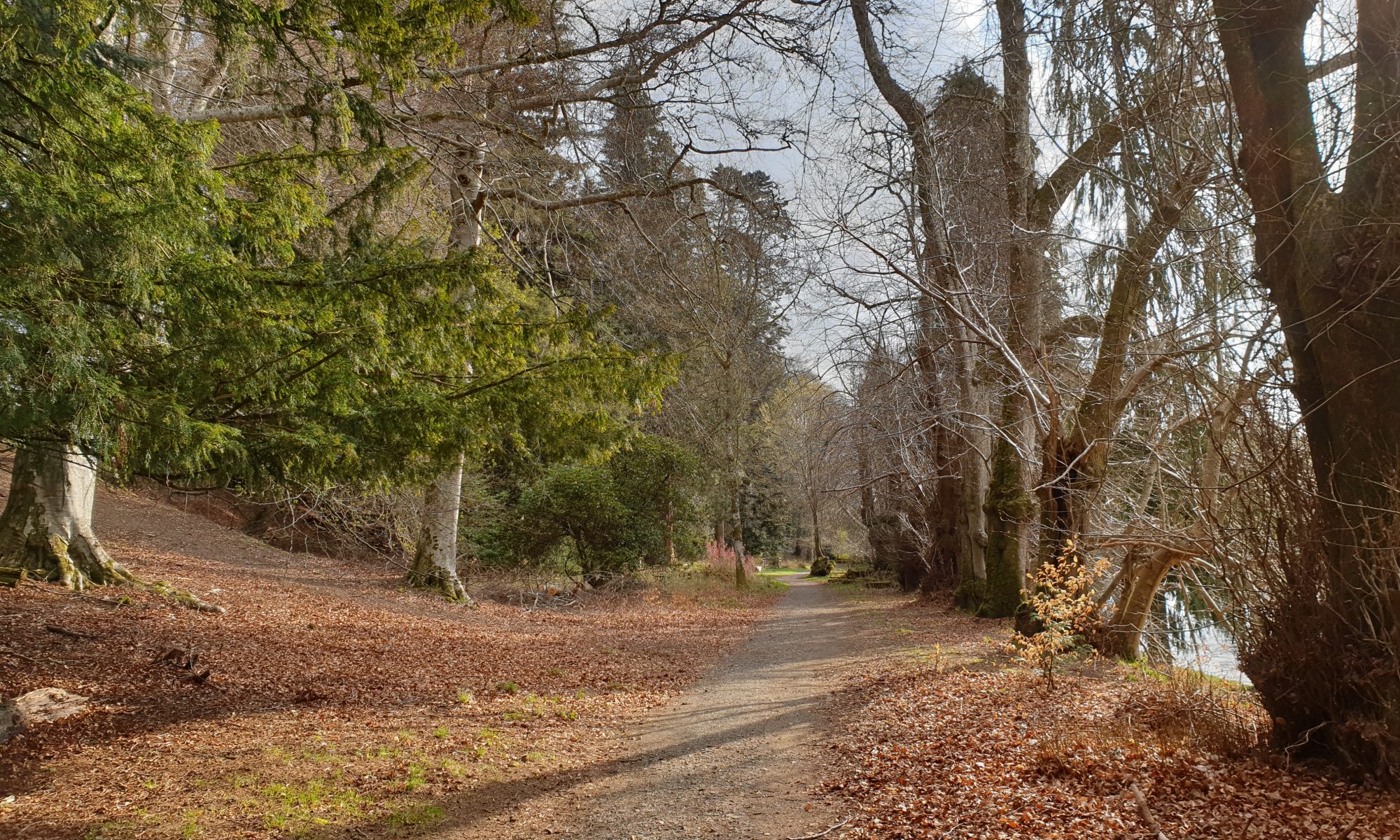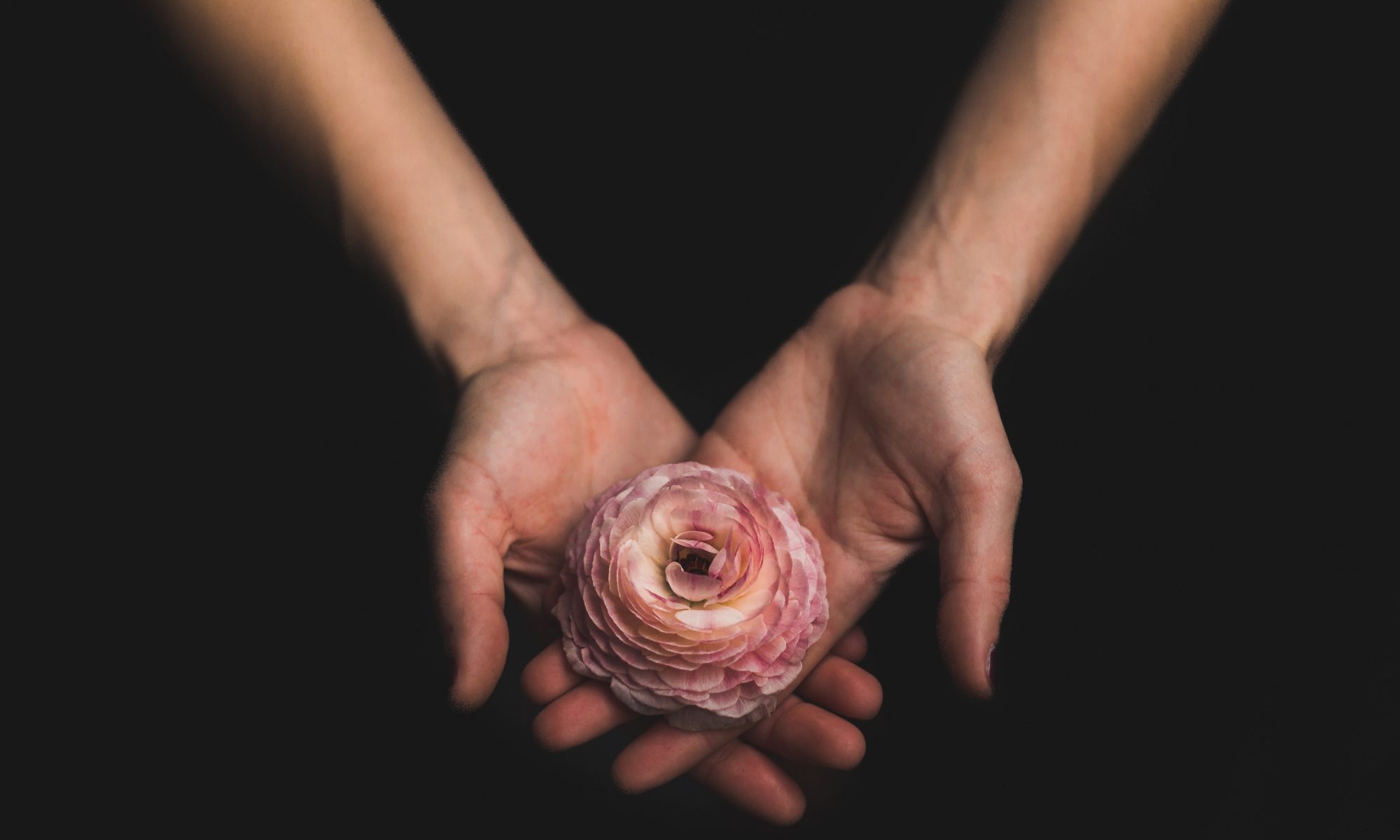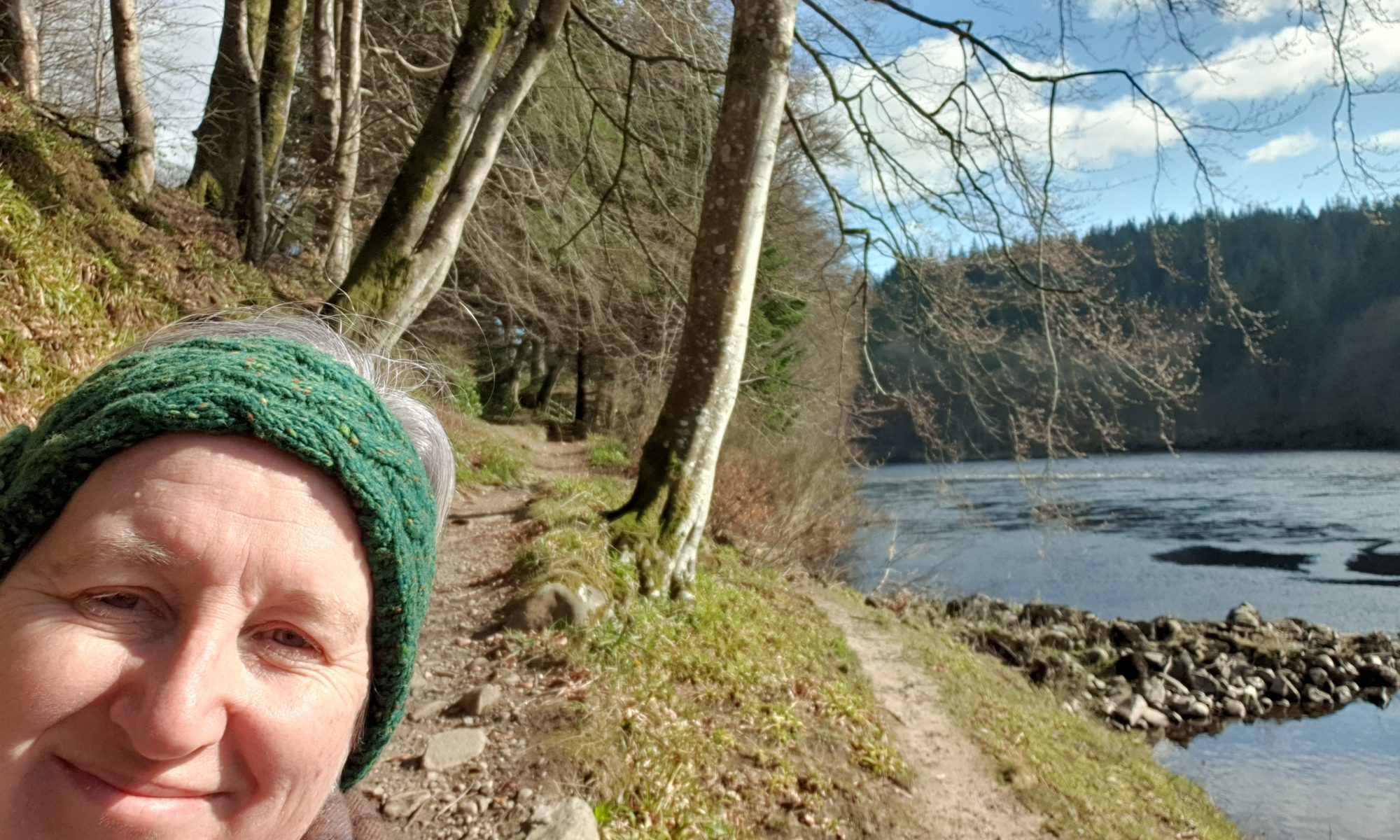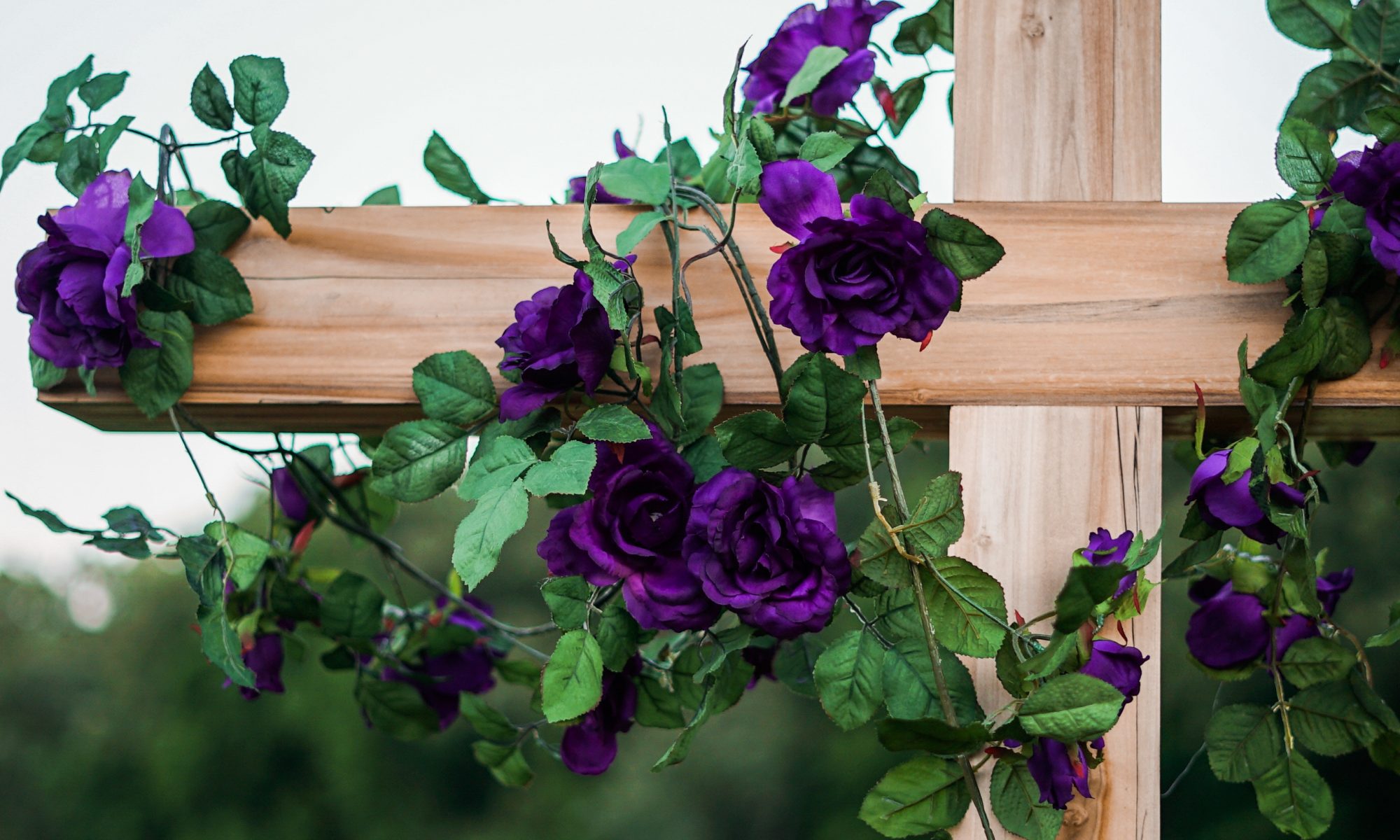Ancestral Connections
My personal healing journey combined with the training I undertook to become a holistic counsellor resulted in a deeply intimate awareness of the role energetic cords play in my wellbeing and the health of my relationships (with self and other). Becoming aware of how I felt in certain situations, how other people made me feel, of incessant thoughts and memory recall at random moments were all indicators of the interplay between me and my environment.
Every relationship we have, an energetic connection to the other is established. Like streamers of light, these invisible, yet tangible cords may influence how we feel, and either negatively or positively impact our relationship with self, and the other.
Most recently my ancestral research endeavors, along with studies of history, have highlighted another way in which who I am ‘here and now’ may be influenced by external forces. Each ancestral story I discovered, every ancestor who revealed themselves to me, resulted in an internal feeling. A feeling experienced physically and emotionally, along with a mental thought. I became curious as to how one distant great, great grandmother, a person who I never met felt so close and connected to. It was this moment through which I began to explore the potentiality for connection beyond the grave, through cords. Was it possible that beyond a genetic connection, there was another more eternal one? One that resulted in a deep knowing of who this person was and is? Beyond transgenerational influences was I able to connect through my heart in this way?
The cords that bind us
Since her ground breaking book ‘Hands of Light’ was published in 1987, Barbara Ann Brennan has become a leader within the field of personal spiritual transformation. [1] Barbara is a world-renowned healer, teacher, writer and NASA physicist. [2] Her work in the field of energy consciousness has now resulted in two other books ‘Light Emerging’ and ‘Core Light Healing’. [3] [4] It is her work that I share with you now, in particular her research and discovery into energetic cords and our interaction with the human energy field.
According to Brennan’s there are five major types of cords: [5]
- Soul Cords that the ongoing soul carries from its original God connection within the spiritual worlds
- Past-life Cords from experiences on Earth and elsewhere
- Genetic Cords that are gained by connecting to birth parents. Genetic cords are created between the heart chakra of the person wishing to be born and the mother-to-be.
- Original Relational Cords that grow with the primary caregivers, usually parents
- Relational Cords that grow through relationships with others – humans, pets and special objects we have personal connection to.
These cords exist simultaneously. Whether we are conscious of it or not, energy is constantly being exchanged. Like water running through a hose, if the slightest bit of dirt infiltrates, the water becomes muddied. The same with cords, one negative thought can impact the energy flowing to and from us. Cords need our care and awareness.
the cord connections from past lives help us remember the connections we had with people before this life
Barbara Ann Brenan, ‘Light Emerging’
From the ancestral research work I continue to undertake, it is the genetic and relationship cords that give validity to my ongoing personal experiences. Not that I seek it. Yet it certainly solidifies my instincts and engenders a deeper purpose to scrolling through hundreds of ancestral records! Every time I discover a new ancestral record, I have the opportunity to feel how this is in my body. What sensations arise? Is it fear based? Or love based? What can be cleared through these cords and in doing so engender wellness within me and down the ancestral lineage? It opens up a whole new portal.
If you want to understand how these cords are created, how they can become damaged and the influence they have on our health holistically I encourage you to explore the work of Barbara Ann Brennan.
If you want to explore how to keep your energy system clear, reach out for some helpful resources.
In her recent publication ‘Core Light Healing’, Brennan introduces the concept of ‘traditional ancestral roots’ [6]. If this is an area of interest for you, read this article.
From this first experience with this great, great grandmother, there have now over the years been many more. Not all ancestors feel familiar, yet many have and do. Cords established can and do exist after death as my research and training revealed. With each piece of my ancestral puzzle that I put together, I am now also given an opportunity to clear cords with this person. In doing so co-creating a harmonious ancestral line and unhooking the past.
References
Barbara Brennan School of Healing, ‘About Barbara’, https://barbarabrennan.com/about-barbara, accessed 13 December, 2021.
Brennan, Barbara Ann, Hands of Light, A guide to healing through the human energy field, Bantom Books, USA, 1987.
Brennan, Barbara Ann, Light Emerging, Bantom Books, USA, 1993.
Brennan, Barbara Ann, Core Light Healing, Hay House Australia, NSW, 2015
[1] Barbara Ann Brennan, Hands of Light, A guide to healing through the human energy field, Bantom Books, USA, 1987.
[2] Barbara Brennan School of Healing, ‘About Barbara’, https://barbarabrennan.com/about-barbara, accessed 13 December, 2021.
[3] Barbara Ann Brennan, Light Emerging, Bantom Books, USA, 1993.
[4] Barbara Ann Brennan, Core Light Healing, Hay House Australia, NSW, 2015
[5] Ibid, p. 160.
[6] Barbara Ann Brennan, Core Light Healing, p. 167.













